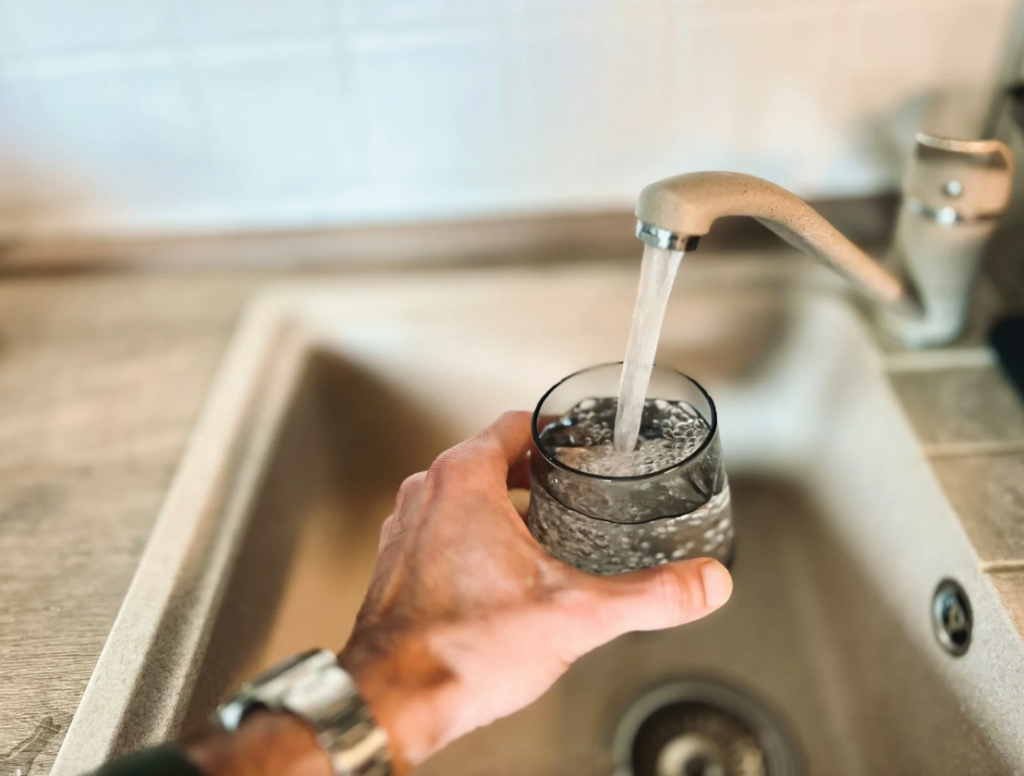For the first time, the United States has legal limits on PFAS pollution in drinking water. But the standards were immediately criticized by experts: they are aimed only at a handful of the thousands of “forever chemicals” existing and harmful to human health.
The rule “will reduce exposure to PFAS for about 100 million people, prevent thousands of deaths and reduce tens of thousands of serious diseases,” explains the White House in a note. Exposure to forever chemicals – chemicals that are almost impossible to biodegrade, which tend to accumulate in the environment and food chains – has been linked by dozens of studies to the occurrence of cancer, liver and heart, damage to the immune system and problems in the development of fetuses, babies and children.
The presence of PFAS in drinking water is a major problem in the United States. Studies have estimated that pollution from forever chemicals can affect about 2,800 sites across the country, but the exposed area is much larger because pollution affects drinking water distributed in the water infrastructure.
A 2020 study estimated that 200 million Americans could be exposed daily to PFAS, nearly 1/3 of the total population. The EPA – the Federal Agency for Environmental Protection – claims that aqueducts contaminated with dangerous PFAS levels are between 6 and 10% of the national total, which has 66 thousand separate water systems.
What has Washington decided about PFAS pollution?
The new rules on pollution by PFAS introduce strict limits but only for certain substances. EPA has set a standard for levels of five individual PFAS (PFOA, PFOS, PFNA, PFHxS and HFPO-DA) and for mixtures of two or more of these substances. But the potentially harmful forever chemicals are over 15,000.
Another weakness of the new rules system is that it does nothing to solve the problem at the source. It only states that local authorities will have 3 years to monitor PFAS levels in aqueducts in their territory. If they find too high they will have to intervene within 5 years.
There is, however, no intervention on the sources of PFAS, that is, on the many industrial sectors that use them for the most diverse uses, from non-stick films of pans to packaging, from paints to polishes, from metal plating to oil production and refining, to fire retardant materials for construction, to cable production.
Then there is one last slippery aspect: who pays to eliminate pollution from PFAS? The question is not a small one. The local authorities will force the water network operators to intervene, which will be directed to end users by raising their bills. But the areas most affected by forever chemicals are often those where the most economically vulnerable population groups live. At the risk of further increasing social and economic inequalities. For these interventions, the White House immediately allocated 1 billion dollars and announced that another 12 billion could be made available in the future.

